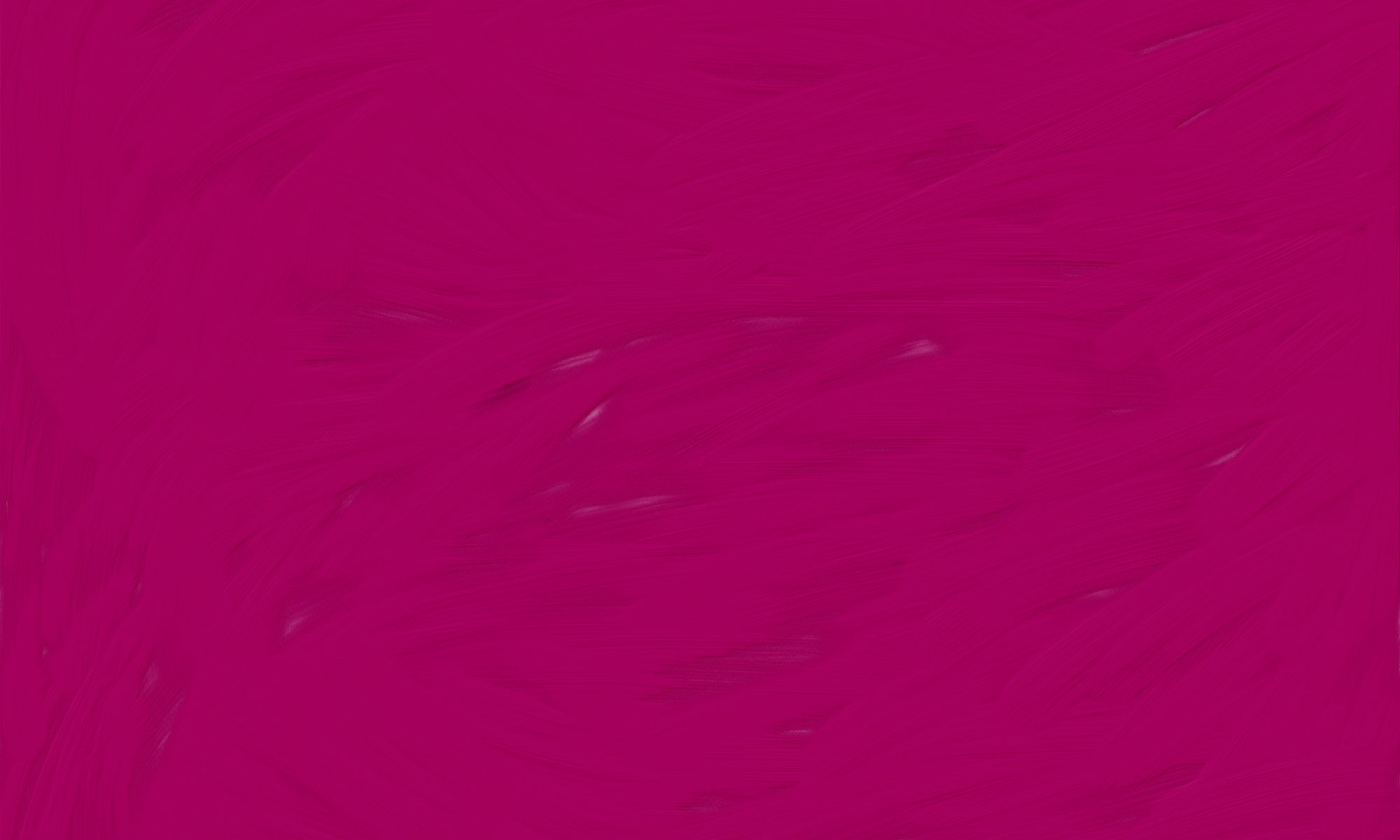Does Anthony Browne’s ‘Little Beauty’ Facilitate an Escape From Moral Concepts For Children
Introduction
During the course of my research, I’ve become more interested in the idea of picture books exploring the full spectrum of human behaviours and daily life as it is, rather than an idealistic version of childhood that, although charming, is not always possible to relate to. Karen Murris (PhD) is an Associate Professor at the School of Education in Cape Town (UCT). Amongst her research interests is philosophy with children (P4C), and as a pioneer of using picture books for P4C, she assisted in the implementation of the system for teacher education of P4C in the United Kingdom. In her 2015 paper, ‘Posthumanism, Philosophy for Children, and Anthony Browne’s “Little Beauty“‘, she argues that sophisticated aesthetics within picture books can be used to encourage free thinking and contradict binary opposites such as human/animal or real/fictional, thus encouraging a posthumanist and rational way of thinking, rather than a conformist approach to right and wrong. She uses Anthony Browne’s Little Beauty (2008) to support her argument throughout.
Background
P4C is a construct that allows children of a particular age group to recognise philosophical problems as problems, and then discuss those problems using essential philosophical language. Posthumanism questions the concept of ‘human’ and exceptionalism, instead putting forward the notion that we are all part of a system that requires integration with other systems; that could be machines, animals, technology or any other form of intelligence or sentience. Murris refers to Browne without labelling him as a posthumanist, but does allude to it on occasion.
Analysis
In her paper, Murris discusses Little Beauty as a philosophical, posthumanistic tool rather than the atypical picture book that most would assume it to be. There are a number of reasons that this particular book can be used and viewed as such including, according to Murris, a ‘deliberate blurring’ of binary opposites such as ‘working class/upper class, animal/human, young/adult, real/fantasy’.
She claims that Browne creates contradictions within the book in a number of ways, including mixing art styles ranging from fully detailed scenes to sketches, which further separates the child from their pre-defined position as a learner, looking for moral guidance, to an intelligent person capable of reading the book and making their own decisions about moral dilemmas within the story. She goes on to say that teaching professionals and educators often feel the need to give a child an answer that is ‘right’, and this is problematic because ‘right’ varies between cultures and individuals, and can be prescriptive. I believe that offering moral interpretations of stories can interfere with a self-developed, ethical approach to decision making, but a study carried out by Shannon et al. in 1988 opposes this idea.¹ It found that elementary age pupils may not place themselves in the role of the protagonist in a moral tale. This means that they would not necessarily think pragmatically about any moral dilemmas or decisions that are made by the main character. This is not to say that the children who have participated in P4C wouldn’t do so, but it is a notable point.
Murris argues that a theoretical framework that allows room for interpretation and individual responses to such a picture book would offer educators the chance to explore posthuman ethics, and proposes that this method would encourage students to ask their own questions about the narrative, whilst recognising, and questioning, binary opposites for themselves. However, studies and research as carried out by Wellman et al. (2001) into theory of mind in children suggest that this cognitive ability does not start to develop until after the age of four and continues to do so into adolescence and adulthood.²
The story of Little Beauty is based on Browne’s misremembrance of two real accounts that he had heard previously, and is about a lonely gorilla in a zoo. The gorilla uses sign language to ask the zoo keepers for a friend, and they duly bring a kitten (Little Beauty) for him, and they become close. Whilst watching King Kong (1933) on TV, gorilla becomes angry and smashes up the TV³. When the zoo keepers threaten to take Little Beauty away, the kitten takes the blame and they all laugh about it, thus resolving the situation. Although this ending has been the source of debate, it offers a moral dilemma that is solved based on feelings and does present us with the question: what is the right thing to do? And what does right actually mean in this context? As pointed out by Wellman et al. (ibid), in relation to the theory of mind, the desired outcome could be expecting too much of the intended audience.
Browne’s choice of characters and the obvious allusion to Beauty and the Beast (1991) are interesting to Murris, as is the choice to omit information that is then conveyed via a series of semiotical devices within the text.4 She notes that this technique of using pictures to tell as much of the story as the words is profound, and refers us to a quote from Browne in his 2011 autobiography, Playing The Shape Game, where he acknowledges his purposeful use of this ontological technique, stating that he likes to “tell as much of the story, and communicate things that the words do not…I like to include differences
and gaps…imagination”
Conclusion
Little Beauty does offer the child an avenue of escapism from the didactic methods of some children’s books that favour a moral standpoint, or attempt to portray right and wrong, or other binary opposites as Murris states. However, whether or not the child would be able to escape these concepts without previous P4C participation is doubtful, especially in younger children, as evidenced by the 2002 research of Wellman et al. The introduction of P4C into the curriculum would offer more children the chance to explore philosophy and posthumanism, and to comprehend the idea of moral concepts, and therefore perhaps furnish them with knowledge of how to escape and challenge these moral concepts when encountered.
Notes
¹SHANNON, P. et al. ‘(1988).An investigation of children’s ability to comprehend character motives’ Am. Educ. Res. J. 25.p. 441-462.
²WELLMAN, H. et al. (2001). Meta-analysis of theory of mind development: the truth about false belief. Child Dev. 72.p. 655-684.
³King Kong. (1933). [film] Directed by M. Cooper and E. Schoedsack. United States: RKO Radio Pictures.
4Beauty and the Beast. (1991). [DVD] Burbank, CA: Walt Disney Studios Home Entertainment.
References
BROWNE, A. (2008). Little Beauty. London: Walker Books.
BROWNE, A. & BROWNE, J. (2011) Playing the Shape Game. London: Doubledays Children.
LEGRANDEUR, K. (2014) ‘What is the difference between posthumanism and transhumanism?’.https://ieet.org/index.php/IEET2/more/lagrandeur20140729 [Online] Accessed: 07/12/17.
MURRIS, K. (2015) ‘Posthumanism, Philosophy for Children, and Anthony Browne’s “Little Beauty“‘. Bookbird. 53 (2).p. 61-62
SHANNON, P. et al. (1988). in PELLETIER, J. & BEATTY, R. (2015) ‘Children’s understanding of Aesop’s fables: relations to reading comprehension and theory of mind’. Frontiers in Psychology. https://www.frontiersin.org/articles/10.3389/fpsyg.2015.01448/full [Online] Accessed: 08/12/17
WELLMAN, H. et al. (2001) in PELLETIER, J. & BEATTY, R. (2015) ‘Children’s understanding of Aesop’s fables: relations to reading comprehension and theory of mind’. Frontiers in Psychology. https://www.frontiersin.org/articles/10.3389/fpsyg.2015.01448/full [Online] Accessed: 08/12/17

